This month we’re sharing a book each day that aims to educate us to work together to understand, and help, the planet. Today’s pick is Live Green which guides us to live a full, albeit simple life. Click through to read more.
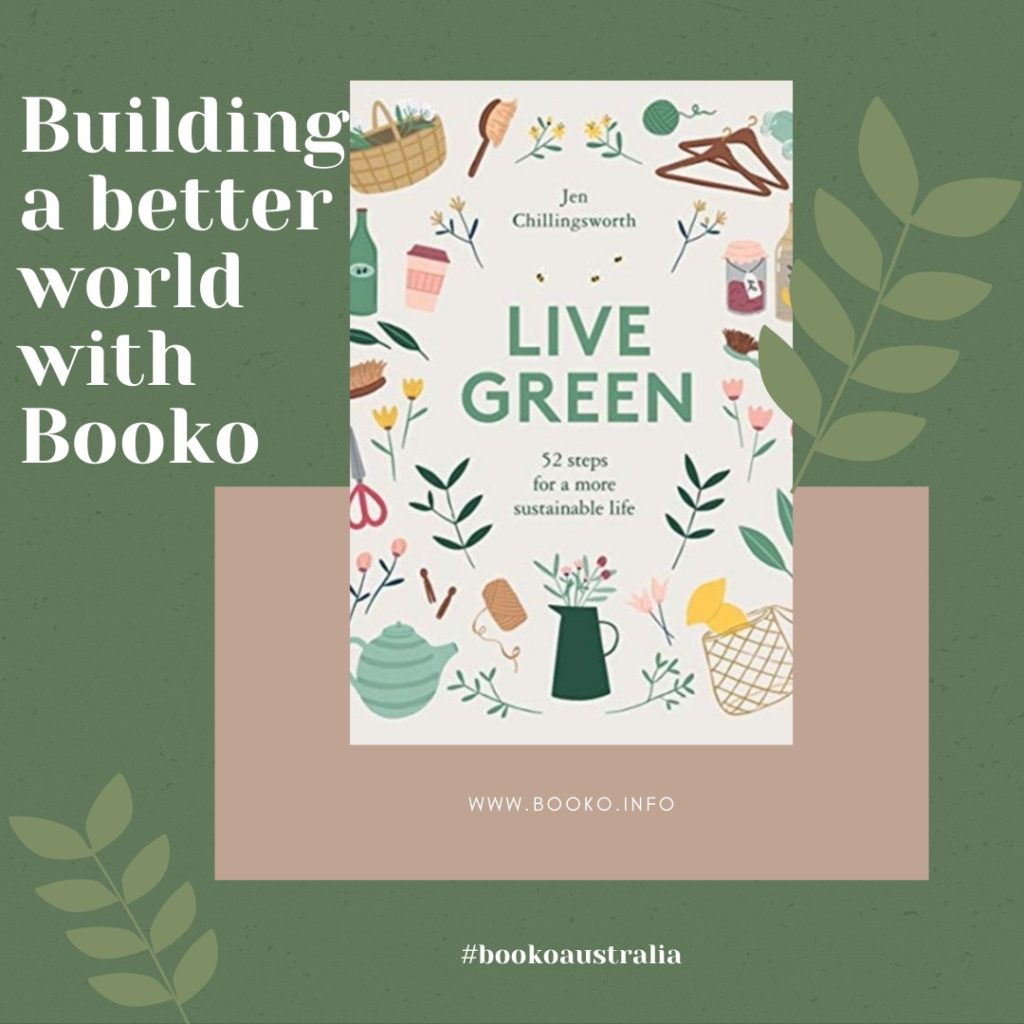
This month we’re sharing a book each day that aims to educate us to work together to understand, and help, the planet. Today’s pick is Live Green which guides us to live a full, albeit simple life. Click through to read more.

What does sustainability mean to you? Most people are aware that sustainability is important, but may struggle to decide how to incorporate sustainable practices into their lives. This week Team Booko has brought together lots of ideas on how to get started. Many of these ideas only require small changes – such as ditching plastic straws, or walking instead of driving short distances. Others are fun and creative, encouraging us to try making / cooking / upcycling. These books also show that sustainability are interlinked with mindfulness and decluttering – meaning that it is not only good for our environment, but good for our health and our wallets too!
A Life Less Throwaway: the Lost Art of Buying for Life by Tara Button
Tara Button was a work-hard, spend-hard advertising executive when she realised that her shopping habits – meant to make her happy – was having the opposite effect. So she started to fight back against the current culture of planned obsolescence – the idea that products should have a limited (ie short) lifespan – and instead, started a movement that celebrates products that are made to last. A Life Less Throwaway explains the concept of “mindful curation”, with plenty of tips and strategies to help us only buy things that fit the purpose, that we love and that can last a lifetime.
Simple Acts to Save our Planet: 500 Ways to Make a Difference by Michelle Neff
If you want to live in a more sustainable and environmentally responsible way, but don’t know where to start, then this book is for you. Michelle Neff has created a bumper book of “Simple Acts of Kindess” for our planet. Many of the ideas look at how to reduce waste, bolster animal and insect populations and lower energy consumption. These Simple Acts show us that even the tiniest change to our lifestyle – such as BYO coffee cups and shopping bags, and buying items with minimal packaging – can have a lasting positive impact on the environment. What’s more, many of these ideas – such as eating less processed food, and using meat and veg scraps to make stock – can also benefit our own health.
Upcycle: Turn Everyday Objects into Home Decor by Sonia Lucano
Upcycle is a fun, contemporary project book that shows you how to turn some everyday items into home furnishings. Sonia Lucarno has chosen starting materials that are available cheaply or for free, such as old dishes, glass jars, bedsheets and wooden pallets. Learn how to turn cotton sheets into a tote bag, wooden pallet into a coffee table, or glass jars into terrariums. There are detailed instructions including lists of materials. Start salvaging these bits and pieces from the waste stream and turn them into chic, functional pieces for your home.
Perfect Imperfect: the Beauty of Accident, Age & Patina by Karen McCartney, Sharyn Cairns and Glen Proebstel
Perfect Imperfect is a sumptuous coffee table book with a subtle environmental message – by celebrating the beauty of age and imperfection (some may call it “character”), it encourages us to purchase thoughtfully rather than frequently, to value curation rather than consumption. Perfect Imperfect puts a modern spin on the age-old Japanese aesthetic of wabi-sabi, bringing together contemporary design with well-worn objects. The stunning interiors feature a mix of comfort, design and thoughtful beauty, and are selected from homes, hotels, shops and studios around the world.
Low Tox Life: a Handbook for a Healthy You and a Happy Planet by Alexx Stuart
Alexx Stuart has distilled the learnings from her own quest for a Low Tox Life into a guide to help you live with better health and less stress. Alexx Stuart was fighting chronic inflammation when she realised that our hyper-industrialised society was contributing to her ill-health. She started to pay closer attention to product labels, and reducing the use of synthetic fragrances, disposable plastics and processed foods, and has seen a dramatic improvement in her physical and mental health. Organised into four intuitive sections of Body, Home Food and Mind, Low Tox Life is a guide that encourages us to make more informed choices about the food we eat, and the things we surround ourselves with – and highlights that better choices can benefit both ourselves and our environment.
100 Things to Recycle and Make by Fiona Hayes
It’s never too young to help children understand the importance of sustainability, and what better way to do it than through a fun activity such as crafting. Fiona Hayes, author of the popular Crafty Makes series, has chosen 100 of her favourite projects for crafting with recycled materials. Ideas range from the decorative to the practical, including toys, stationery, decorations and storage. The projects are helpfully arranged by the main starting material, eg cardboard tubes, egg cartons, paper plates and materials from nature, and include step-by-step instructions. 100 Things to Recycle and Make is a great sourcebook for anyone who spends time with children!
February marks the beginning of the The National Sustainable Living Festival here in Melbourne and with the horrifying summer we have just experienced, the need for community education and change is at an all time high.
The mission of the festival is simple: to accelerate the uptake of sustainable living and to seek solutions to global warming. It is the largest sustainability festival in Australia and has proudly been a part of our calendar for 20 years. It showcases cutting-edge solutions to ecological and social challenges, fostering and providing tools for the change we want to see and the difference we want to make in the world.
You don’t have the live in Melbourne to take action, in fact, the best place to start is in your backyard: take a look at what you’re growing. Why not make 2020 the year to start growing your own produce? We have rounded up the leading titles that are being launched on the market which all aim to educate and help us become that little more sustainable in our garden.
Attainable Sustainable by Kris Bordessa
Whether you live in a city, suburb, or the country, this essential guide for the backyard homesteader will help you achieve a homespun life, from starting your own garden and pickling the food you grow to pressing wildflowers, baking sourdough loaves, quilting, raising chickens, and creating your own natural cleaning supplies. In these richly illustrated pages, sustainability guru Kris Bordessa offers DIY lovers an indispensable home reference for sustainability in the 21st century, with tried-and-true advice, 50 enticing recipes, and step-by-step directions for creating easy, cost-efficient projects that will bring out your inner pioneer. Filled with 340 colour photographs, this relatable, comprehensive book contains time-honored wisdom and modern know-how for getting back to basics in a beautiful, accessible package.
Small Garden Style by Isa Hendry Eaton
A stylishly photographed guide to creating lush, layered, dramatic little gardens no matter the size of your available space; an urban patio, a tiny backyard, or even just a pot by your front door. Petite gardens align with the movement to live smaller and create a life with less stuff and more room for living. But a more eco-friendly and efficient space doesn’t have to sacrifice style. In Small Garden Style, garden designer Isa Hendry Eaton and lifestyle writer Jennifer Blaise Kramer show you how to use good design to create a joyful, elegant and exciting, yet compact, outdoor living space for entertaining or relaxing. A style quiz helps you focus in on your own personal garden style, be it traditional, modern, colourful, eclectic, minimalist, or globally inspired, then utilise every inch of your yard by considering the horizontal (floor), vertical (walls), and overhead (ceiling) spaces. Eaton and Kramer recommend their favourite plants and decor for small gardens, along with lawn alternatives and inspiration for making a fire pit, front door wreath, instant mini orchard, boulder birdbath, patterned vines, perfumed wall, and faux fountain with cascading plants. You’ll learn how to design stunning planters and container gardens using succulents, grasses, vibrant-coloured pots, and more. Nothing lights up a little garden more than a well-considered planter. It’s the welcome statement at the front door, the conversation centerpiece at the outdoor dining table, and the piece that naturally softens the patio. However small your garden, Small Garden Style will transform it into a magical, modern outdoor oasis.
A Year in Flowers by Erin Benzakein
From star flower farmer and bestselling author of Floret Farm’s Cut Flower Garden, Erin Benzakein comes this gorgeous and comprehensive guide to enhancing every occasion with floral beauty. With hundreds of stunning photographs and an inviting narrative style, this book offers approachable tips for caring for and arranging cut flowers, plus how-tos for designing more than 25 seasonal arrangements including magnificent centrepieces, infinitely gift-able posies, festive wreathes, and breathtaking bridal bouquets. Plus, an A to Z flower guide provides photos and care tips for more than 200 varieties, making it easy to identify and use a wide range of beautiful ingredients. Strikingly beautiful and full of authoritative advice, this book is an invitation to live a flower-filled life and the perfect gift for anyone who loves flowers.
Nature’s Best Hope by Douglas Tallamy
Douglas W. Tallamy’s first book, Bringing Nature Home, awakened thousands of readers to an urgent situation: wildlife populations are in decline because the native plants they depend on are fast disappearing. His solution? Plant more natives. In this new book, Tallamy takes the next step and outlines his vision for a grassroots approach to conservation. Nature’s Best Hope shows how homeowners everywhere can turn their yards into conservation corridors that provide wildlife habitats. Because this approach relies on the initiatives of private individuals, it is immune from the whims of government policy. Even more important, it’s practical, effective, and easy, you will walk away with specific suggestions you can incorporate into your own yard. If you’re concerned about doing something good for the environment, Nature’s Best Hope is the blueprint you need. By acting now, you can help preserve our precious wildlife and the planet for future generations.
The Earth in Her Hands by Jennifer Jewell
In this beautiful and empowering book, Jennifer Jewell, host of public radio’s award-winning program and podcast Cultivating Place, introduces 75 inspiring women. Working in wide-reaching fields that include botany, floral design, landscape architecture, farming, herbalism, and food justice, these influencers are creating change from the ground up. Profiled women include flower farmer Erin Benzakein; co-director of Soul Fire Farm Leah Penniman; plantswoman Flora Grubb; edible and cultural landscape designer Leslie Bennett; Caribbean-American writer and gardener Jamaica Kincaid; soil scientist Elaine Ingham; landscape designer Ariella Chezar; floral designer Amy Merrick, and many more. Rich with personal stories and insights, Jewell’s portraits reveal a devotion that transcends age, locale, and background, reminding us of the profound role of green growing things in our world and our lives.
The Family Garden Plan by Melissa Norris
Do something good for your family by learning how to plant a garden that will yield healthy, wholesome food throughout the year. Melissa K. Norris, fifth generation homesteader and host of the popular Pioneering Today podcast, will walk you through each step of the process, from planning your food crops and garden space to harvesting and preserving the food you grow. Even intermediate to experienced gardeners will discover dozens of new ideas.
This book is more than just practical advice, you’ll learn how gardening can contribute to a sustainable lifestyle and give you a sense of accomplishment, peace of mind, and overall joy. Make the Family Garden Plan your “grow-to” guide for good eating and greater well-being for you and your loved ones.
Enjoy!
11 years ago, Al Gore’s documentary An Inconvenient Truth burst into our consciousness, raising climate change awareness everywhere, promising to be the tipping point towards greater environmental protection. Fast forward to today, and what seemed like a simple scientific observation has morphed into a bitter political dispute that stifles action. As the issues surrounding climate change become more complex and emotive, how do we separate the facts from the manipulation? These books can help you analyse, unravel and understand the complexities of climate change:
 by Al Gore
by Al GoreAn Inconvenient Sequel is a timely update, released 11 years after the influential An Inconvenient Truth. In these intervening years, a string of extreme weather events – Hurricane Sandy, heat waves, melting polar ice – have caused huge damage, while action has stalled as climate change becomes mired in political controversy. Hot off the press, An Inconvenient Sequel focusses on possible solutions, particularly around the use of clean energy, and also reflects on the consequences of President Trump’s withdrawal from the Paris Agreement.
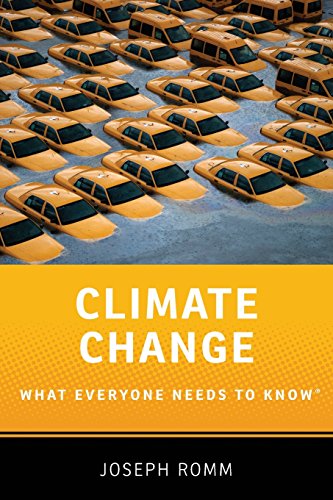 by Joseph Romm
by Joseph RommIf you want a concise, readable introduction to the issues and consequences of climate change, then this book is for you. Writing in a Q&A style, Joseph Romm, a physicist and former US Energy Department official, explores key points including basic theory, projected impacts, politics and policies, and possible solutions. A particularly powerful section explores how climate change will impact everyday decisions for ordinary people, including where to retire, what to study, how to invest, and necessary changes to our diet.
 by Paul Fleischman
by Paul FleischmanEyes Wide Open aims to help teens critically assess the issues and arguments surrounding environmentalism. Paul Fleischman draws on history, psychology, sociology and economics to explain the origins of key environmental issues including population, energy and climate. He also tries to explain why different reactions to these issues exist. A particularly useful feature is its guide on “How to Weigh Information”. Eyes Wide Open is valuable for readers of any age who want to cut through emotive writing, and develop their own informed views.
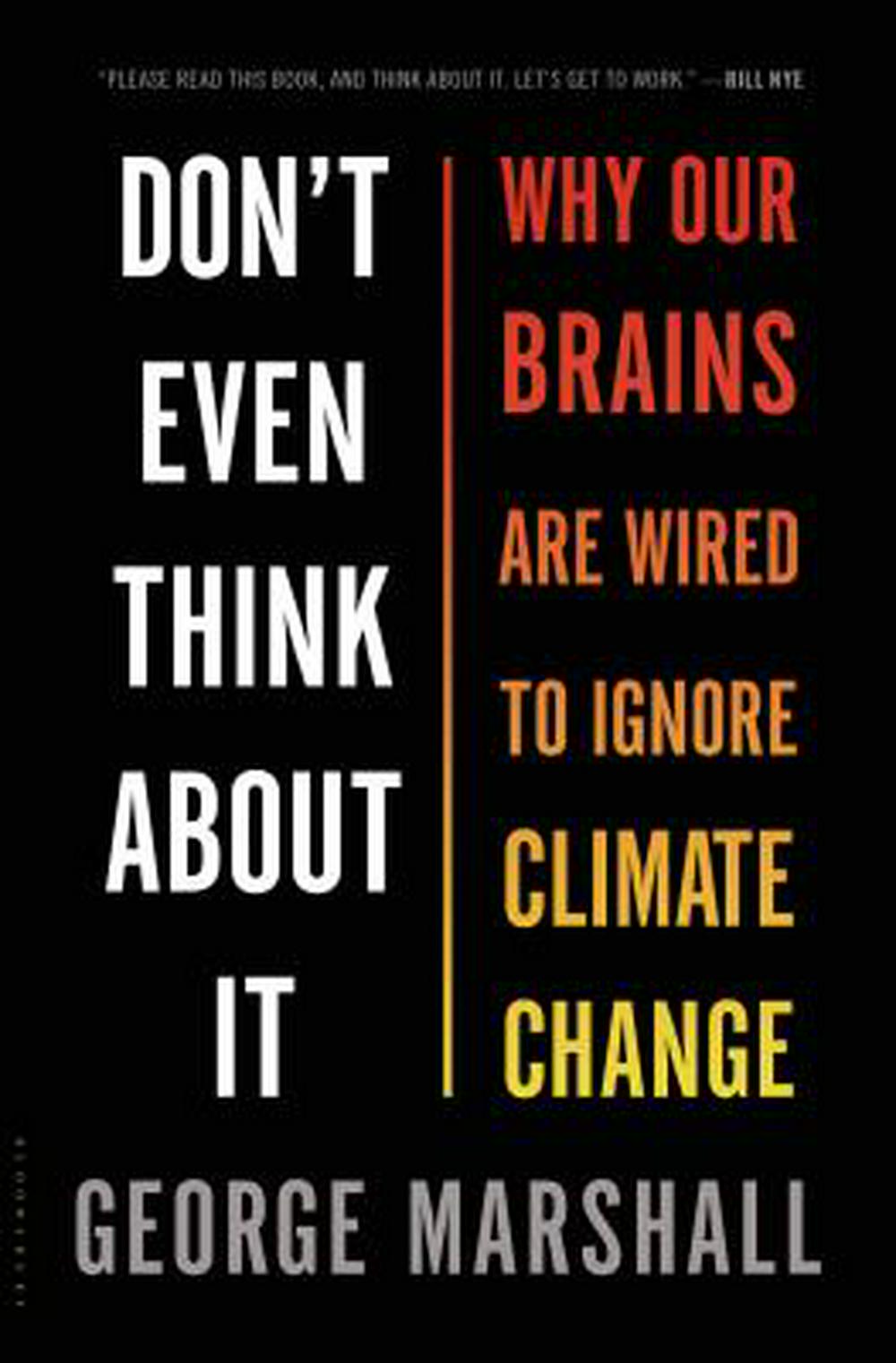 by George Marshall
by George MarshallMost people accept that climate change is real, yet do nothing to stop it. Don’t Even Think About It suggests that this has an evolutionary origin – human brains are hard-wired to prioritise immediate dangers over future dangers; and they tend to interpret new knowledge through existing frameworks, increasing the likelihood of confirmation bias. George Marshall interviewed psychologists, evangelicals, activists and conservative politicians in this entertaining yet thought-provoking study on the psychology behind the climate change debate.
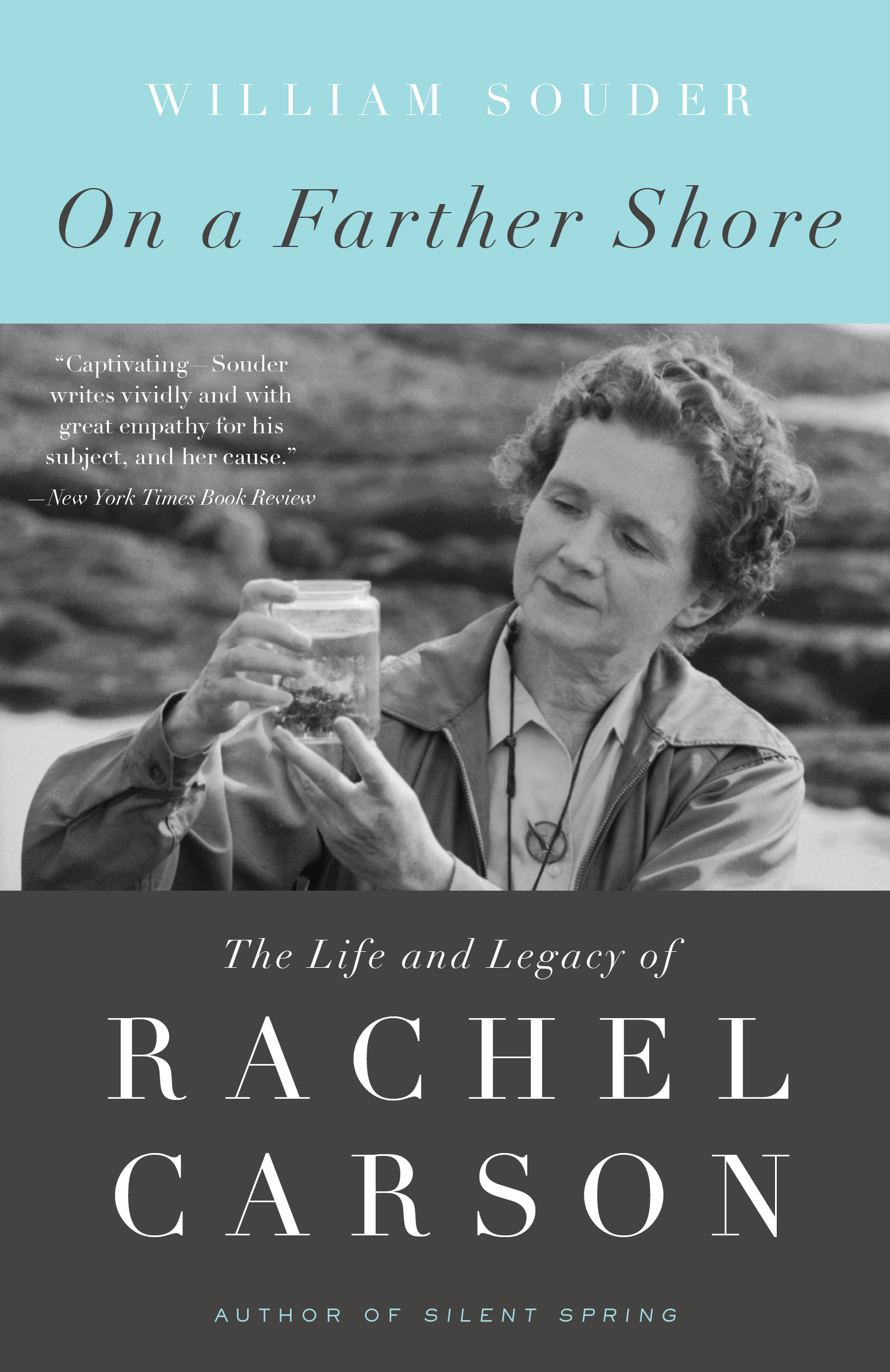 by William Souder
by William SouderThe effect of pesticides on wildlife may seem unrelated to climate change, but our current awareness of the environment is arguably influenced by Rachel Carson’s work. Her seminal book, Silent Spring, inspired the modern environmental movement, and influenced legislative changes and the founding of the EPA. Rachel Carson was a skilled nature writer who combined lyrical prose with extensive research to make science understandable and compelling. On a Farther Shore is an engrossing biography that places Rachel Carson’s life and work within the context of the politics and culture of the mid-20th Century.
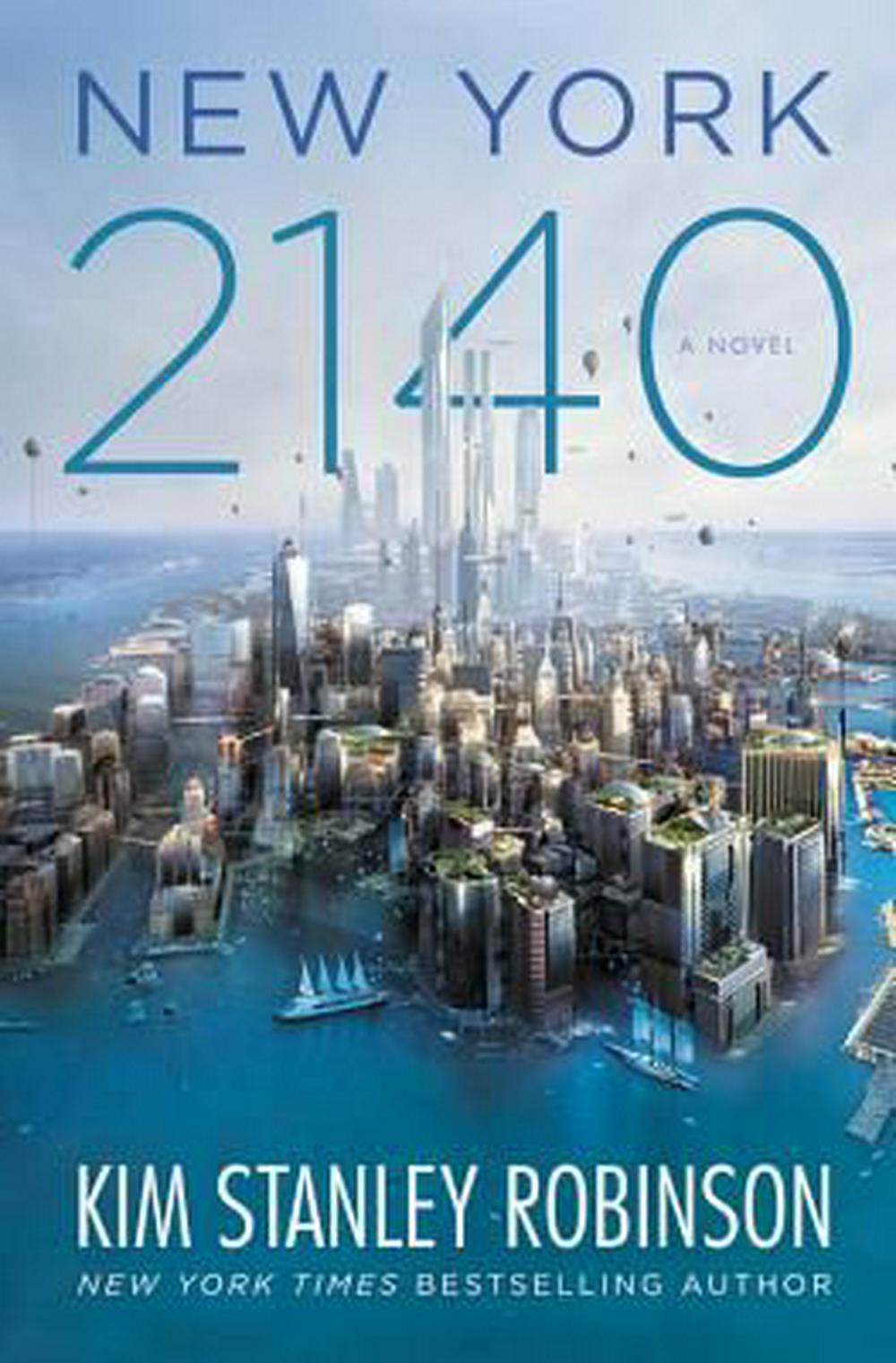 by Kim Stanley Robinson
by Kim Stanley RobinsonIf you don’t normally read non-fiction, there is a growing list of novels to help you visualise the world post-climate change. The latest novel from SciFi master Kim Stanley Robinson imagines life in New York in 2140 – a sort of “ Super Venice” partially-submerged due to climate change. New York 2140 creates a vivid world packed with details of economics, politics, and the minutiae of life; it is not grim, but offers a critique of capitalism’s role in climate change.
April 22 is Earth Day, the event when we tackle the challenges that face us as carers of our planet. However while raising awareness and promoting participation in community and environmental actions, Earth Day is also a catalyst for change.
Many people — from children to the elderly — are inspired by Earth Day and become lifelong fighters for our planet, said Kathleen Rogers, president of Earth Day Network.
“Millions of people in dozens of different countries will become lifelong environmentalists this and every Earth Day. Hundreds of thousands will be children – our planet’s future,” she said.
More than one billion people throughout 192 countries celebrate Earth Day. These people aren’t special, they’re the same as you and me, yet they are environmental heroes and their stories are well suited to Earth Day. Here are three examples.
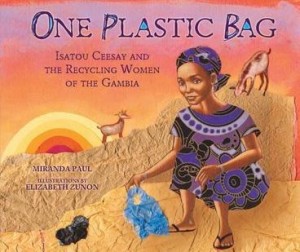 One Plastic Bag — Miranda Paul
One Plastic Bag — Miranda Paul
One Plastic Bag is the true story of Isatou Ceesay, the “Queen of Recycling” in the western African country of The Gambia. As a young girl, Isatou noticed how quickly plastic bags had multiplied in her local environment, choking gardens, roads and waterways. The plastic collected water, becoming a haven for deadly mosquitoes that carried disease. Isatou and her friends solved the problem by crafting the plastic into wallets, purses and other items for sale, transforming their local communities in the process.
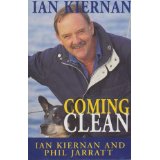 Coming clean — Ian Kiernan
Coming clean — Ian Kiernan
Famous yachtsman, builder and author, Ian became aware of the amount of rubbish dumped in the world’s oceans while competing in yacht races. Beginning in his hometown of Sydney, Ian started organising teams of people to clean up the mess. His determination and leadership has now seen the Clean Up campaign go international.
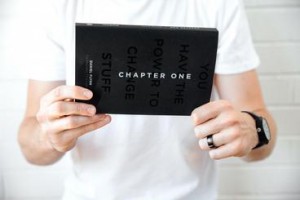 Chapter One — Thankyou
Chapter One — Thankyou
Daniel Flynn and his colleagues in the Thankyou. team have set up a remarkable charity, the story of which is documented in the book Chapter One. The book tells the story of the Thankyou social enterprise which has achieved enormous success by providing an alternative in such products as snack bars, bottled water, cereals, soaps and sanitisers. Funds raised from sales go towards charitable causes and consumers can track the impact of their purchases through a unique code on each product.
These are just three examples of ordinary folk who have become true leaders, true activists for our planet. Through their books, we can see how they continue to change the society in which we live. Why not use these people as examples of how you can make a difference this Earth Day and beyond?
Taking meaningful steps to reduce our environmental footprint has been top of mind for me over the last few years. As for how that translates into action, it tends to get overridden by the rush of our lives. I’ll never be the Felicity Kendall character from ‘The Good Life‘ and raise chickens and goats but I can focus on buying better-produced products and minimise product packaging.
The World Wildlife Foundation have provided an ecological footprint calculator which measures your carbon footprint and also includes steps you can take to reduce your impact on the environment.
Here are our picks for inspiring books about sustainable living (including an E-Book).
Ecoman by Malcolm Rands
The story of how Malcolm Rands, an organic gardener and hippy from Northland, built the pioneering global brand ecostore. Malcolm Rands started ecostore from New Zealand’s first permaculture eco-village with his wife Melanie in 1993. They sourced local manufacturers to make a range of organic gardening; home cleaning and body care products for the then mail-order business in the dug-out basement of their home. Twenty years on and Malcolm has developed ecostore into a multi-million dollar business.
The Weather Makers by Tim Flannery
Tim Flannery takes the reader on a journey through history and around the globe as he describes the diversity of the world’s ecosystems and reveals how the earth’s climate has changed, causing devastating changes in the weather, from hurricanes to heatwaves.
This Changes Everything: Capitalism vs the Climate by Naomi Klein
In this groundbreaking book, Klein debunks the myths we have been fed about climate change such as that it’s impossible to get off fossil fuels. Klein challenges these assumptions and clearly articulates the relationship between free-market capitalism, the fossil fuel industry and global warming. Winner of the Hilary Weston Writers’ Trust Prize for Nonfiction, Observer Book of the Year and New York Times Book Review 100 Notable Books of the Year.
Adventures in the Anthropocene: A Journey to the Heart of the Planet We Made by Gaia Vince
Gaia Vince writes of us entering a new Geological epoch: The Age of Man or Anthropocene. The changes made by humans over the past few decades have changed the world beyond anything it has seen in its 4.5 billion years. The impacts of this are that people are finding ingenious ways to solve ongoing crises, such as the retired railway worker who’s building artificial glaciers in the Himalayas. Winner of the Royal Society Winton Prize for Science Books 2015.
Six Degrees: Our Future on a Hotter Planet by Mark Lynas
The title of Lynas’s book, ‘Six Degrees’, refers to the terrifying possibility that average temperatures will rise by up to six degrees within the next hundred years. This is the first time we have had a reliable picture of how the collapse of our civilisation will unfold unless urgent action is taken. Most vitally, Lynas’s book serves to highlight the fact that the world of 2100 doesn’t have to be one of horror and chaos. With a little foresight, some intelligent strategic planning, and a reasonable dose of good luck, we can at least halt the catastrophic trend into which we have fallen – but the time to act is now.
In the early 70s, President Richard Nixon’s Agriculture Secretary Earl Butz called for American farmers to “get big or get out”. This signified the end of New Deal-style rural assistance programs and ushered in the start of big agriculture in the United States.
However while agribusiness has since become dominant, the love of independent, small-scale farming has never died. The trend in recent decades towards homesteading, or self sufficiency on a small acreage, has borne this out.
Homesteading can mean a number of things to different people, though independence is always the key.
Homesteading in the US has grown from a fringe movement to one where self sufficiency and growing foods the traditional way has become a viable, even profitable, concern for many people.
The movement can be traced to pioneers such as UK author John Seymour whose work “The Complete Book of Self Sufficiency” has inspired many to return to the land.
Many homesteaders follow the design principles of permaculture as outlined in David Holmgren’s Permaculture Principles and Pathways Beyond Sustainability.
Other publications such as Ron Macher’s “Making your small farm profitable” have concentrated on the profitability and availability of credit for small farms and homesteads.
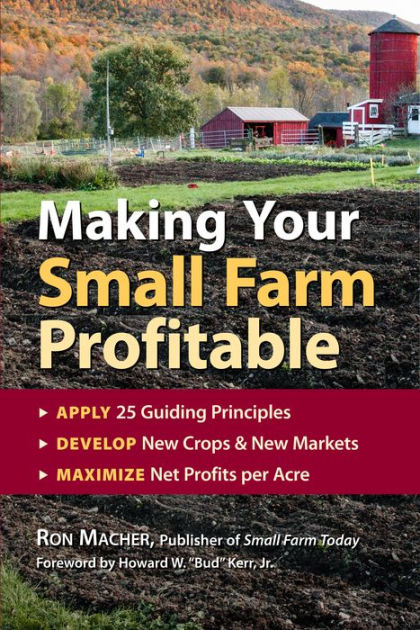 Whether the aim is to grow organic food, disconnect from the grid or a retreat from city life, homesteading has proved a viable alternative to reliance on supermarkets, big power companies and big city living.
Whether the aim is to grow organic food, disconnect from the grid or a retreat from city life, homesteading has proved a viable alternative to reliance on supermarkets, big power companies and big city living.